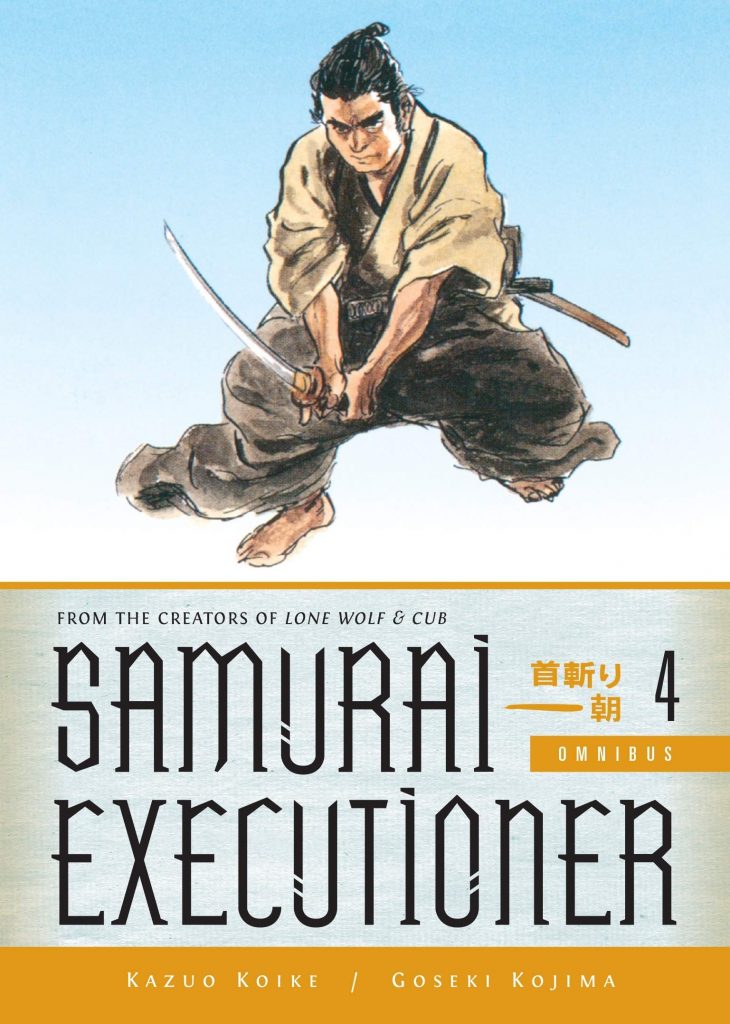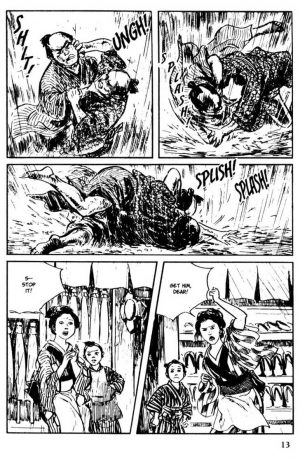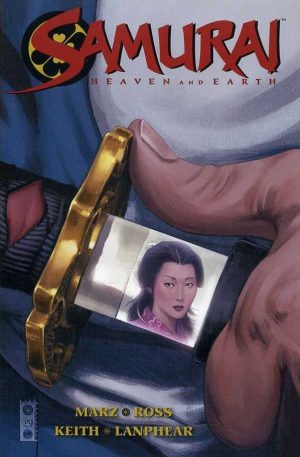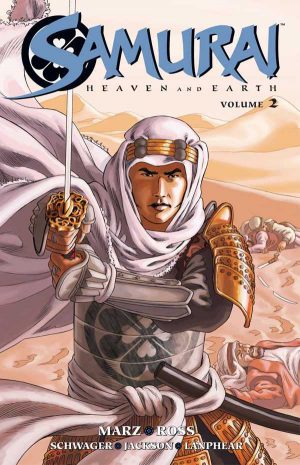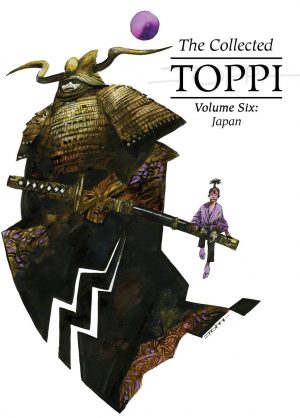Review by Frank Plowright
Kazuo Koike and Goseki Kojima’s Samurai Executioner stories can be read in any order. There are minor threads of continuity in characters re-appearing occasionally, and perhaps the opening stories give a greater understanding, but reading any individual story is a complete experience. That qualification is by way of explaining that anyone whose first experience of the series is this collection will discover 700 pages of finely crafted period drama over sixteen neatly constructed stories. However, readers who’ve followed Samurai Executioner through will discover Koike now retreading old ground, repeating themes seen before. There’s another eccentric about to face Yamada Asaemon’s blade, and another woman who considers herself shamed, similar to stories seen earlier in the series. We’ve also seen one about prison riots as conditions became intolerable with heat and disease, that story even referenced in this form of sequel, which ends with a sequence very reminiscent of another story seen in Omnibus 3.
Also indicating that Koike’s interests are straying from his lead character is the greater reliance on Kasajirō and Shinko to drive stories, but there are still some new ideas. Standout ‘The Way of the Head’ concerns the efforts of three friends to find a lasting relationship for craftsman Sakichi, which turns into a gloriously awkward series of misunderstandings. Koike applies no formula, and this stands out as utterly charming, then utterly tragic. It’s followed by the rawness of a psychological insight into what everyone considers to be a successful, loving relationship, and another gem is the poignancy of a woman about to be executed determined to clutch her hair, which is another understated tragedy.
Kojima’s art has a greater clarity than when reprinted over smaller volumes The Death Sign of Spring, Facing Life and Death, and A Couple of Jitte, which is very welcome. As throughout the series, his pages are incredibly atmospheric, seen by the sample art of a fight in the rain, and his use of black ink is masterful. He can be a subtle artist, shown during Sakichi’s story, but when it comes to distinguishing people Kojima’s not as strong, and some might find his deliberately provocative beheadings and sexual content exploitative. Koike could also be seen as contributing to that. He has an unflinching eye when examining relationships, but that eye lingers, and when combined with the period accuracy of subservient women it makes for uncomfortable reading.
Toward the end Koike seems to have said everything he needs to about Asaemon and his position, as Kasajirō and Shinko feature on significantly more pages, their doings seemingly of greater interest. Their stories are those of domestic comedy, propriety and embarrassment, ‘A Couple of Jitte’ almost a Mike Keigh drama. Koike sympathises with the lack of justice available to ordinary people in Japan’s Edo period, and the couple are a more convenient method of showing it than the distant Asaemon. However, like The Spirit, Koike’s at his best when the lead character’s provoked by events, and the closing tale of a cough making the rounds is a fitting ending.
As ever, this collection features trivia and tragedy, law and crime, actions and consequences, all thoroughly explored.
